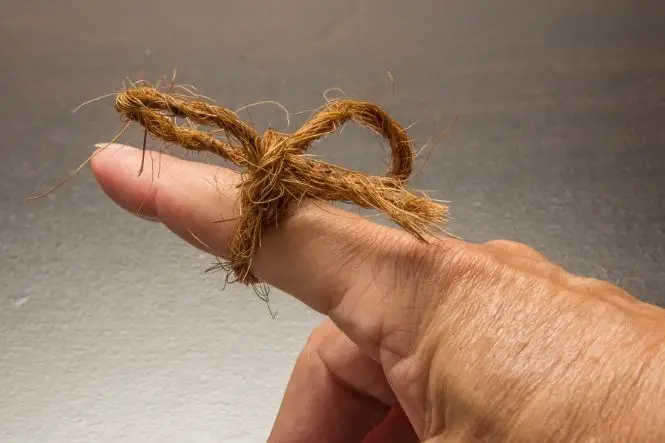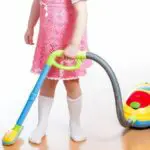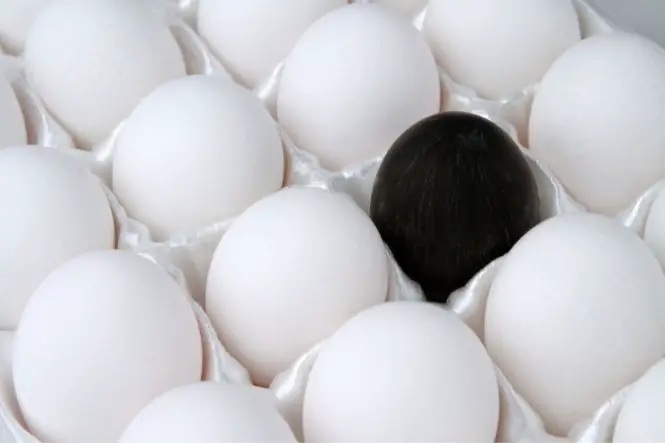Sometimes it seems that there are so many things to remember, especially when it’s coming close to exams, and it would be great to have something that helps. What memory techniques are there and do they really work?
Table of Contents
Make Connections
Connect the information to be remembered with something you already know – perhaps an address is similar to one where a family member lives or a date is the same as a friend’s birthday or phone number.
Use Acronyms
An acronym is a word or sentence made up of the first letters of other words – for example, ‘Roy G Biv’ to remember the order of colours in the rainbow (red, orange, yellow, green, blue, indigo, violet), or ‘King Penguins Congregate On Frozen Ground Sometimes’ to remember the order of biological classifications (kingdom, phylum, class, order, family, genus, and species)
Swap Numbers and Letters
Some people use sounds to help them remember numbers – for example n is two because it has two down strokes, and R is 4 because they have similar shapes – and then they convert the letters into words.
Breaking Information Down
Numbers are easier to remember when broken down into chunks – for example, the phone number for the Science Museum in London is easier to remember as 020 7942 4000 than as 02079424000.
Tell a Story
Make up a story, weaving in all the things to remember. For example, for a shopping list of fish, coffee, biscuits and cat food, think of a fish swimming up the river to meet a friend for coffee and biscuits, and them being chased out of the river by a cat that puts it in a cat bowl and then eats it. Making things funny can help!
Use Your Senses
Try associating the things to be remembered with the five senses – what it would look like, what it would sound like, how it would smell or feel, what it would taste like.
Going For a Walk
Imagine walking a familiar route and finding the objects to be remembered on that route (sometimes known as the method of loci). For example, to remember things to take to school, imagine walking to school and finding a chemistry book on the mat by the front door, T-shirt and shorts for PE draped over the hedge, a notebook in the middle of the pavement, and a pencil case perched on the post box outside the school gates.
Use Rhythms, Rhymes and Songs
Put the things to be remembered into a rhyme, or recite them to a specific rhythm. An example of a rhyme is the one to remember how many days in each month – ’30 days hath September, April, June and November; all the rest have 31, excepting February alone, which has 28 days clear, and 29 in each leap year’ – but make rhymes up to remember information.
Change the words of a well-known song to help to remember lists of things – many biochemistry students have used the Biochemists’ Songbook to remember complicated biochemical pathways.
Testing It Out
Get together a group of volunteers, and teach each person a different memory technique. Tell them a story, including a number of names and objects. Test each person straight away, after a day, and then after a week, and see which technique works best.
Alternatively, teach everyone the same memory technique, but give each of them a different memory test (for example a list of objects, a set of names, or a set of directions), to see which kind of information this memory technique helps the most.







